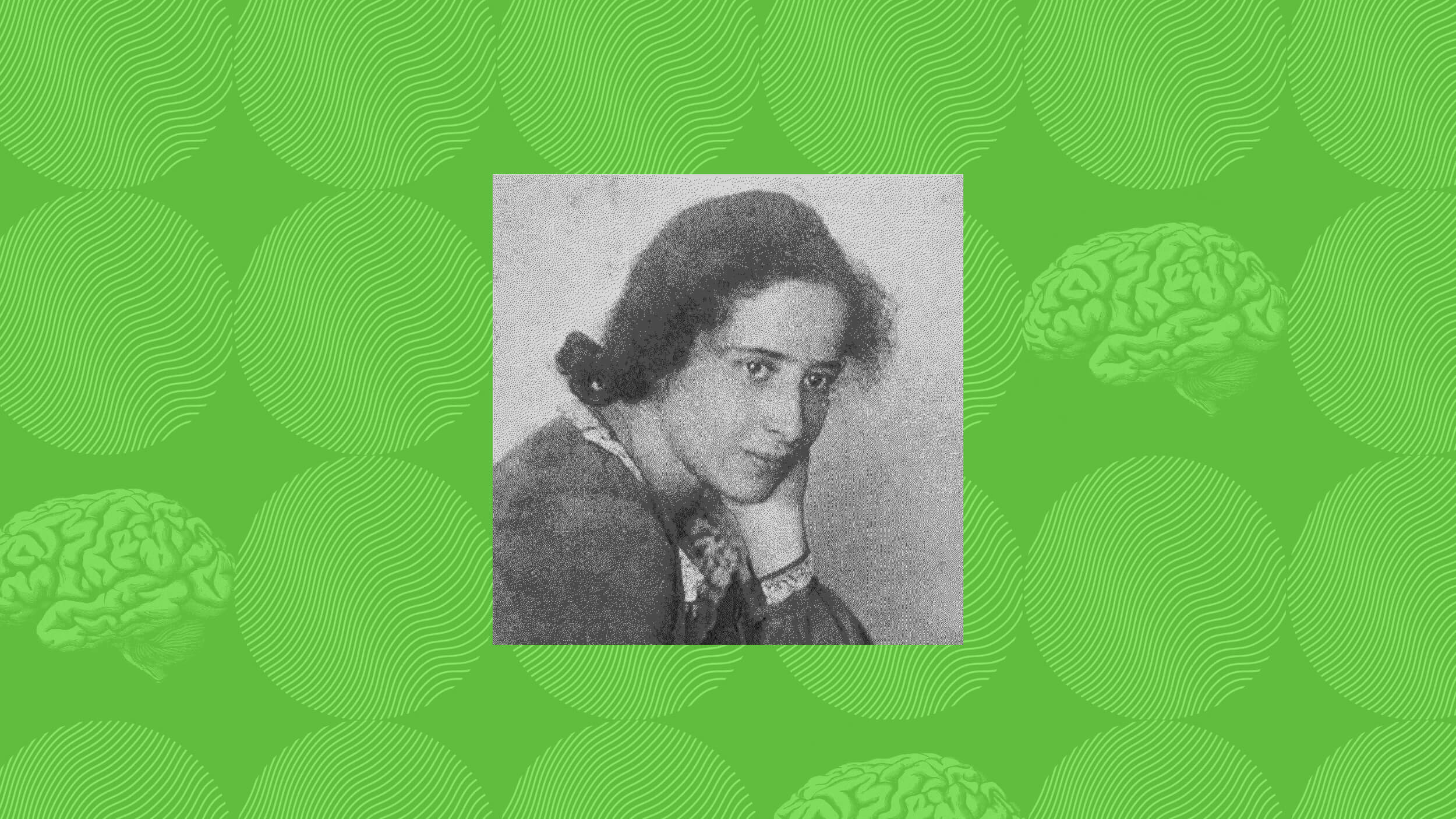Why Are Suicide Attempts So High Among LGB Teens?

In 2005, 45% of gay, lesbian, or bisexual youth attempted suicide in the US, compared with 8% of heterosexual youth. Some individuals have gone on the record to say that homosexual youths try to kill themselves because they know that what they are doing “is unnatural, is wrong, is immoral.” I wondered what the empirical evidence is for that argument.
First up, how much is the high rate of LGB suicide related to rejection by parents? A 2009 study found that gay, lesbian, and bisexual young adults with a high level of family rejection are 8.4 times more likely to attempt suicide, 5.9 times more likely to be depressed and 3.4 times more likely to engage in substance abuse compared to other LGB youth whose parents accepted their sexual orientation.
Next, and not unrelated: homelessness.An estimated 320,000 to 400,000 LGB youths face homeless every year in the US, making up as much as 40% of the total youth homeless population. One study found that 26% of LGB youth who told their parents their sexual orientation were asked to move out of their family home.
Bullying in school. A multi-year study found that 34% of LGB students in grades 9-12 were threatened or injured at school compared to 7% of heterosexual students. Twenty-five percent reported that they skipped school because they felt unsafe compared to 5% of heterosexual students who skipped for the same reason. Youths who report that they are uncertain of their sexual orientation report the highest levels of bullying in school as well as drug use, depression and thoughts of suicide.
Treatment by teachers and administrators in schools. A number of studies have shown that LGB youth commonly believe their schools to be unsafe as the result of harassment and discrimination they receive from teachers and school officials. Youths in schools in rural areas and communities with low average education levels are the most at risk of suffering a hostile school climate. A 2007 studyfound that students in homophobic school environments are much more likely to experience thoughts of suicide than are students in less hostile environments.
The effectiveness of professional support for LGB youth. Another study found that one in four LGB youth who were treated by psychiatrists found that treatment as not only unhelpful but also destructive. Youths who feel that they are not helped by mental health professionals, or worse, who feel actively discriminated against, are at greater risk of suicide. LGB youth who are living in group homes are also not safe in that environment according to 88% of professional staff that were asked this question in a survey.
Society-wide homophobia. In a review of over 100 studies, a 2002 publication concluded that the high rates of suicidal behaviour among LGB teens was not directly related to their sexual orientation but rather the discrimination and alienation they experiences from their community.
But, alas, there is some evidence to support the claim that LGB students commit suicide because they “know” that what they are doing is immoral. A study using a nationally representative sample of youth, found that LGB youth who attend religious schools were at a higher risk of attempted suicide. Another study found that Christian beliefs reinforced feelings of guilt and self-hatred and help lead them toward suicidal behaviour.
But really, does that absolve the responsibility of parents, teachers, staff, mental health professionals and communities that helped them feel that way?
Reference: Jun Sung Honga, Dorothy Espelageb and Michael Kralc (2011) “Understanding suicide among sexual minority youth in America: An ecological systems analysis.” Journal of Adolescence Vol. 34 (5); pp 885-894.





